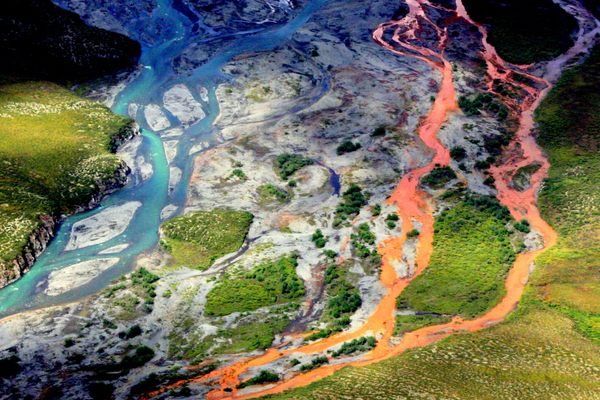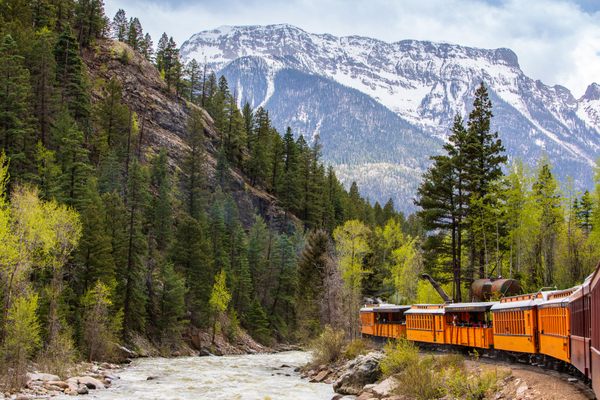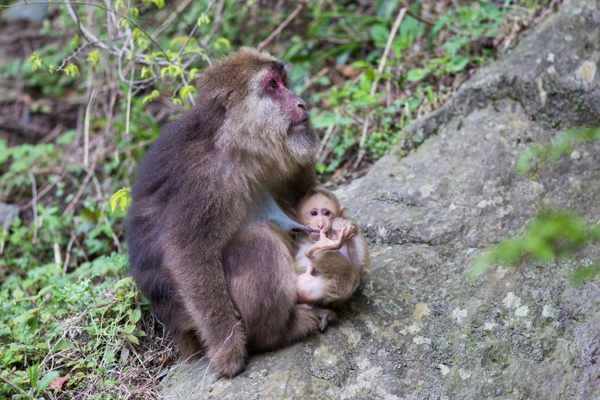The Seven Summits, Part 2
In Part One of the Seven Summits series, we saw the highest peaks of Australia and Oceania; Antarctica, with its staggering logistical challenges; and Europe, with its large snow fields and infamous outhouses. In this second stage we visit mountains with familiar names towering over their continents, and one mountaineer calling into question the prestige of this list.
Africa
Kilimanjaro
5,895 meters / 19,340 feet
Standing alone over the plains of east Africa near the Tanzania-Kenya border, Kilimanjaro has a reputation as an easy climb to its highest point — Uhuru Peak — the top of three volcanoes that form the mountain. The standard route, Marangu Route, is called the “Coca-Cola Route” by locals due to the sheer number of well-to-do foreigners using it to climb.
This route is deceptive, because even though the climb is technically easy, climbers can fail to properly acclimatize to the altitude if they rush to the summit, suffering altitude sickness, and thus needing to descend quickly or die of a pulmonary or cerebral edema. Climbs up Kilimanjaro now, by law, must be guided and take at least five days to allow climbers to acclimatize.
An elephant with Mount Kilimanjaro (photograph by Charles Asik)
North America
Denali (aka Mount McKinley)
6,168 meters / 20,237 feet
Because of the high latitude of Denali, climbing it is likened to a higher Himalayan mountain due to the air’s much lower barometric pressure. This is because the troposphere is thinner near the poles of the Earth. The West Buttress Route is the standard route in recent years, among at least 40 other routes and variations, and climbers must face jet stream winds and punishing snowstorms on their ascent.
Denali viewed from McKinley Princess Lodge (photograph by Nic McPhee)
South America
Aconcagua
6,960 meters / 22,837 feet
Towering over the Andes Mountains in western Argentina, Aconcagua has a reputation of being a technically easy climb on its standard route. Much like Kilimanjaro, it’s a long scramble up scree fields until the summit area. This easy reputation has led to deaths due to improper acclimatization. Climbs on the standard route can take up to two weeks to properly acclimatize to the nearly 7,000 meters of altitude.
View of Aconcagua from Argentina’s Mendoza region (via KMG.ca/Wikimedia)
Asia
Mount Everest
8,850 meters / 29,035 feet
To ascend to the highest point of land on Earth, the climb up Mount Everest can take over a month with a well-stocked expedition on its standard route: the Southeast Ridge. Climbers face one of the ultimate tests of endurance in merely staying at the high altitudes of this mountain where oxygen levels are almost impossible for the human body to adjust. Beyond 8,000 meters, climbers call these altitudes the “death zone.”
Only a third of the oxygen at lower elevations is available to breathe there, so expeditions must carry bottles of supplemental oxygen. The temperatures and winds cause frostbite on any exposed part of the human body. Those who die at the higher elevations on Everest are usually left up there, as the air is too thin for a helicopter to function to retrieve their bodies. For those who can survive one of the most hostile environments on Earth and reach the summit, they can stand over the entire planet.
Mount Everest (photograph by Kimberly Casey/NASA Goddard Space Flight Center)
But, This Journey Could Be Even Tougher…
Climbing the Seven Summits is a challenging endeavor, but not all would agree on its prestige. American mountaineer Jon Krakauer, in his book Into Thin Air, wrote that it would be tougher to climb the “Seven Second Summits” — the second highest peaks on the continents. K2 requires much more technical climbing skill than Everest, and of all known climbers, one in four have died on the mountain. Africa’s Mount Kenya requires technical rock climbing expertise. More time must be spent on Canada’s Mount Logan at high altitude than to summit then Denali. Only ten people are known to have climbed Antarctica’s Mount Tyree. Only one climber, Hans Kammerlander, has claimed completion of this list.
The author would like to thank the authors at summitpost.org for their route descriptions on these mountains. Revisit The Seven Summits, Part 1 for the whole list.










Follow us on Twitter to get the latest on the world's hidden wonders.
Like us on Facebook to get the latest on the world's hidden wonders.
Follow us on Twitter Like us on Facebook